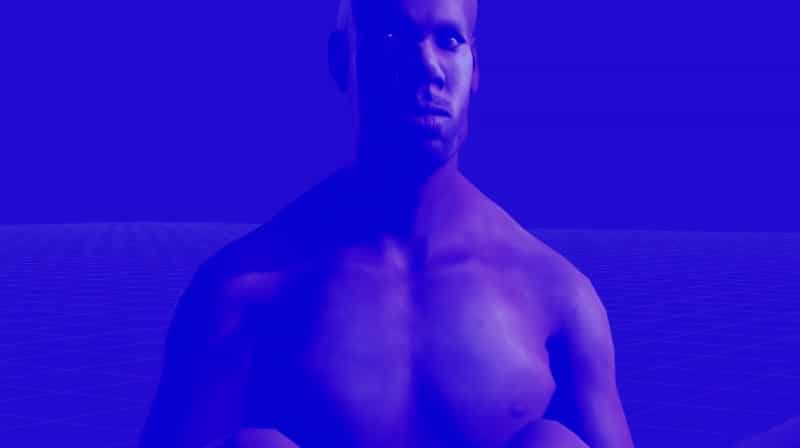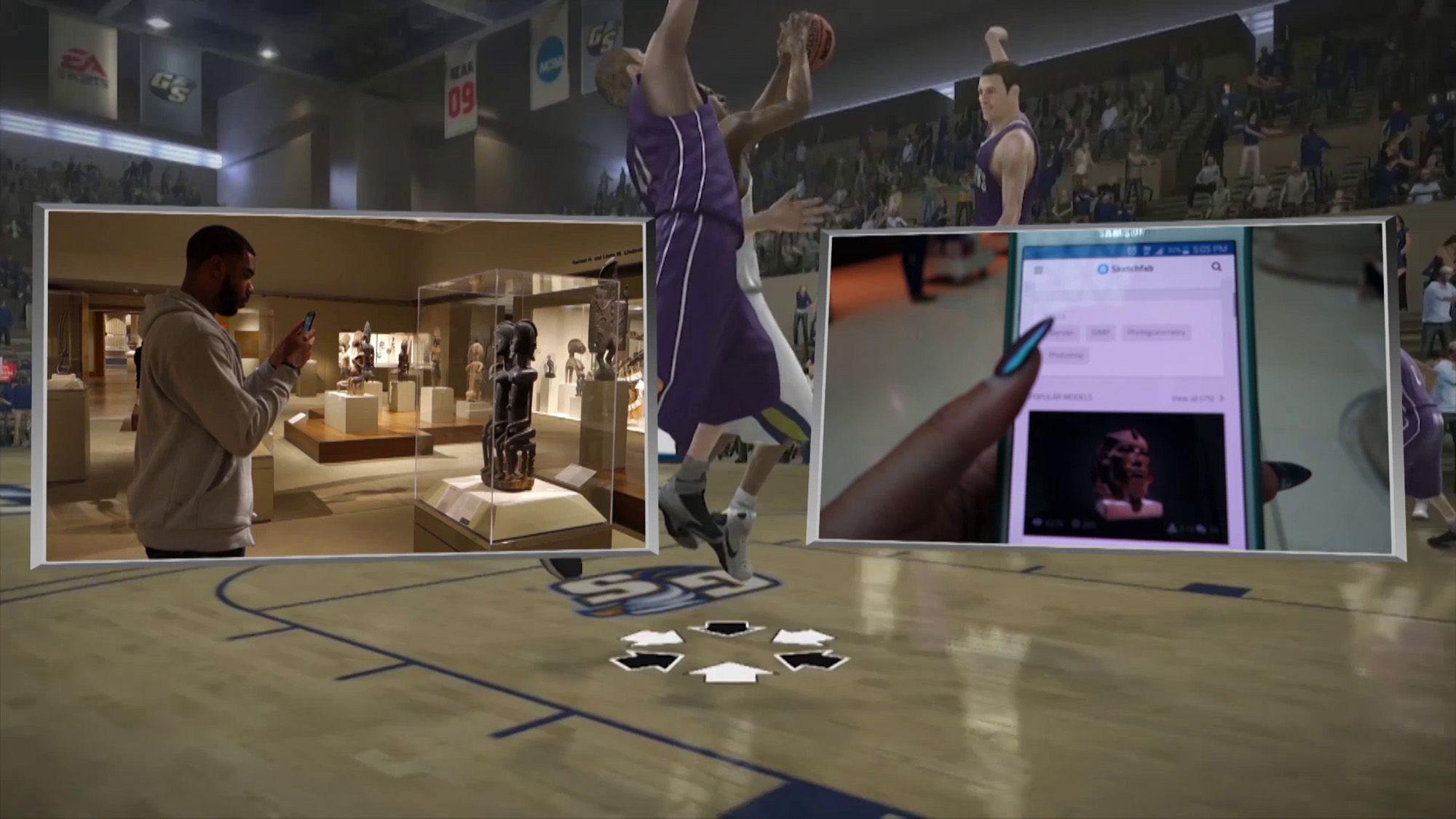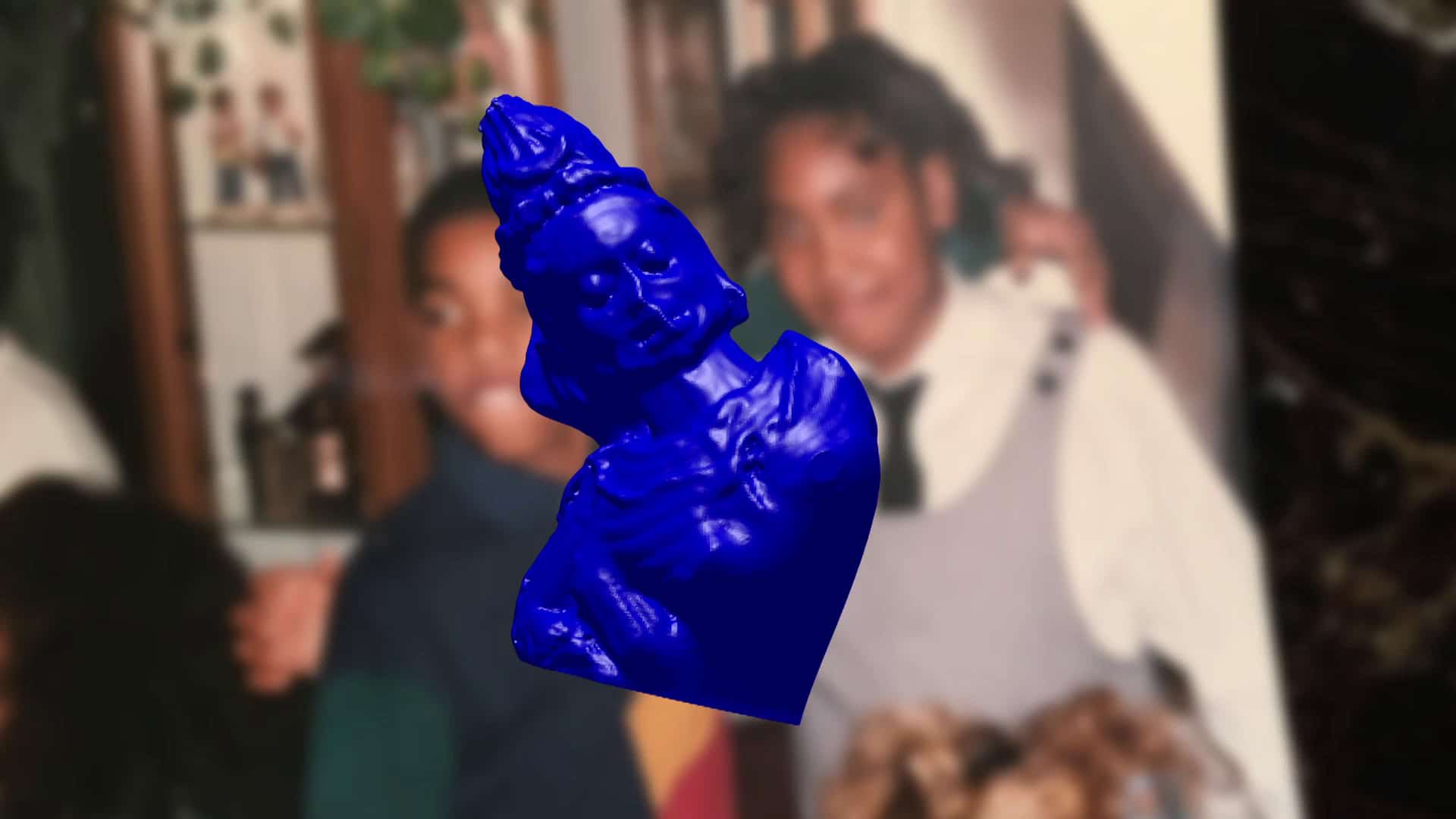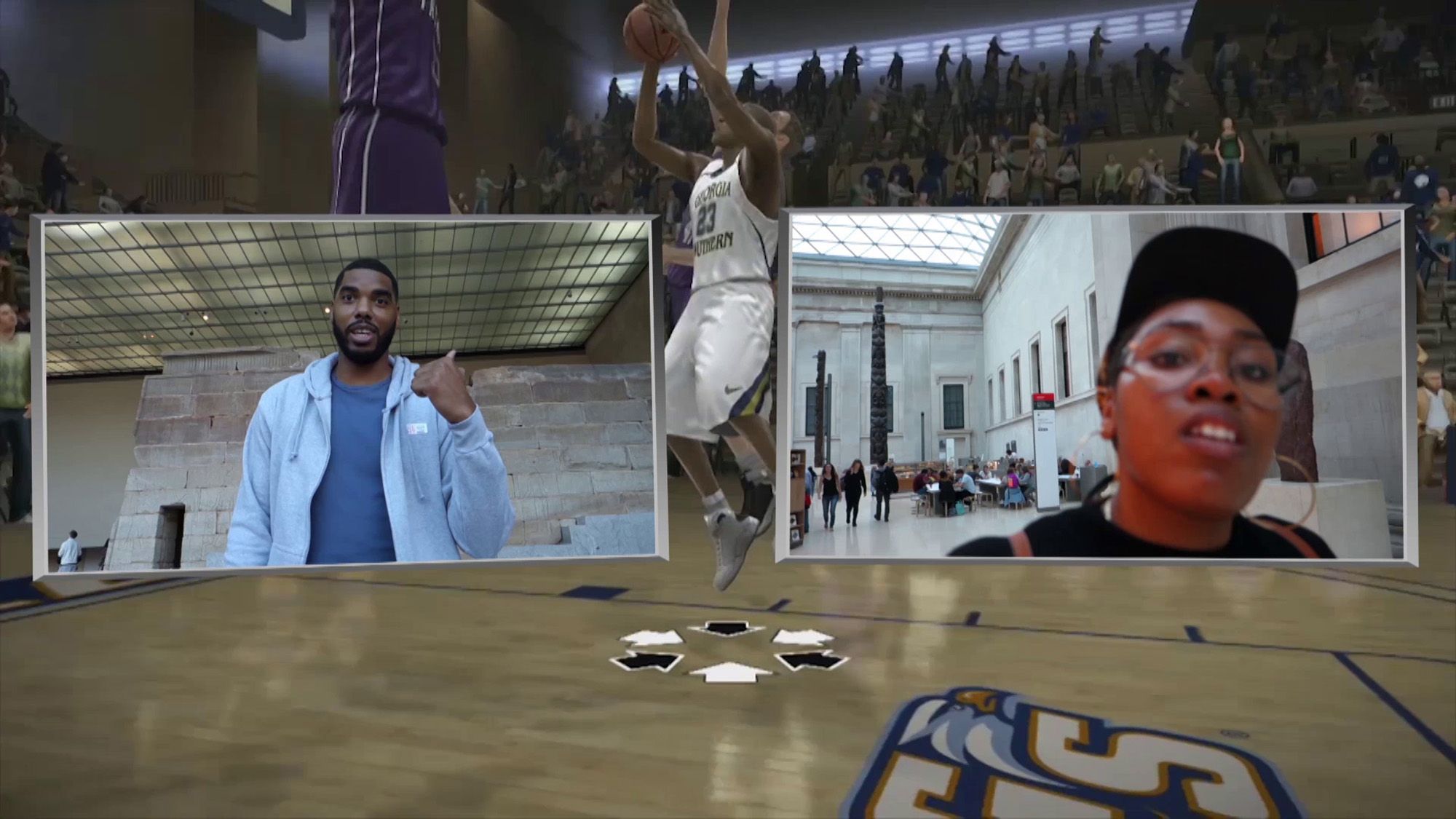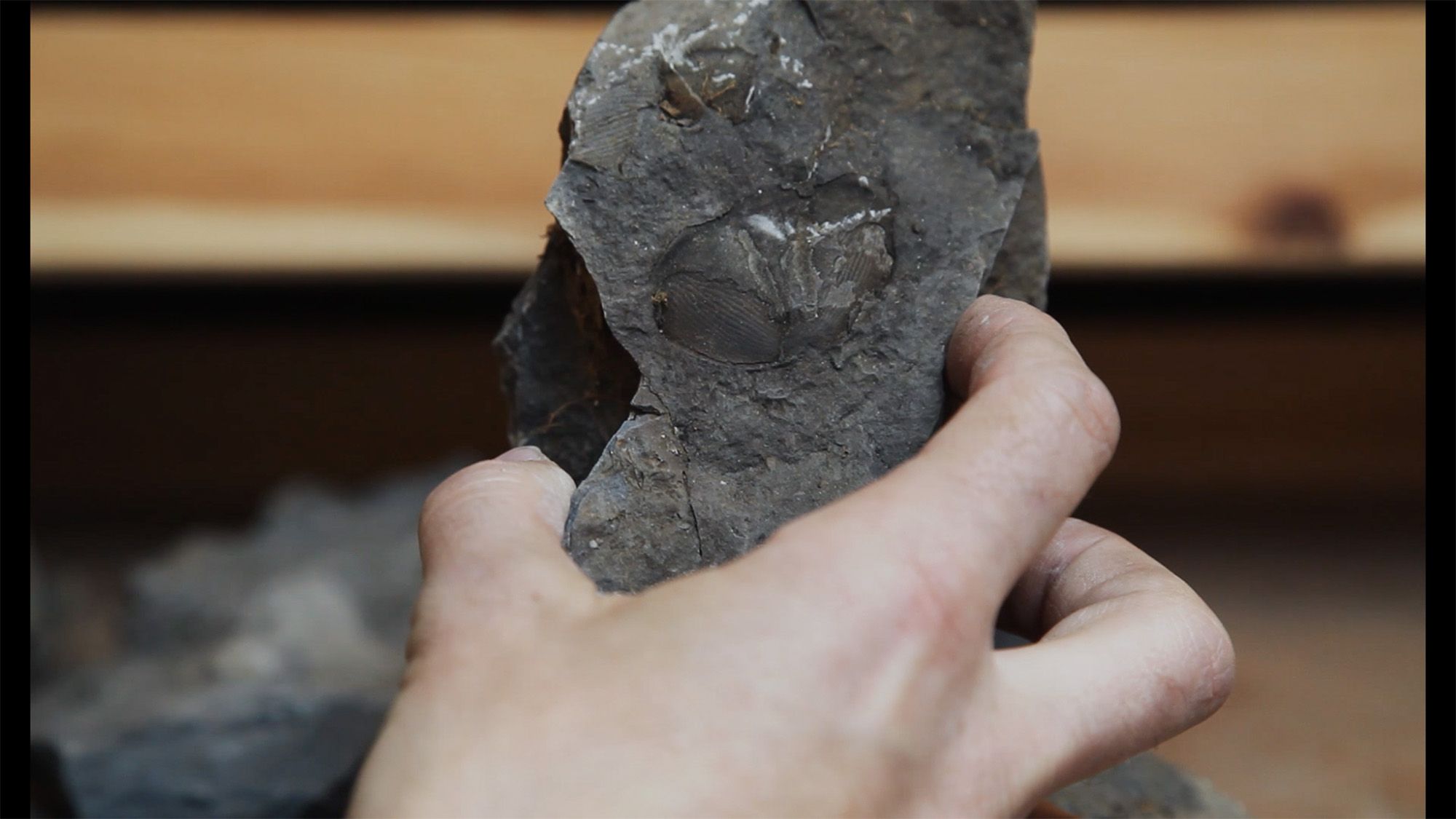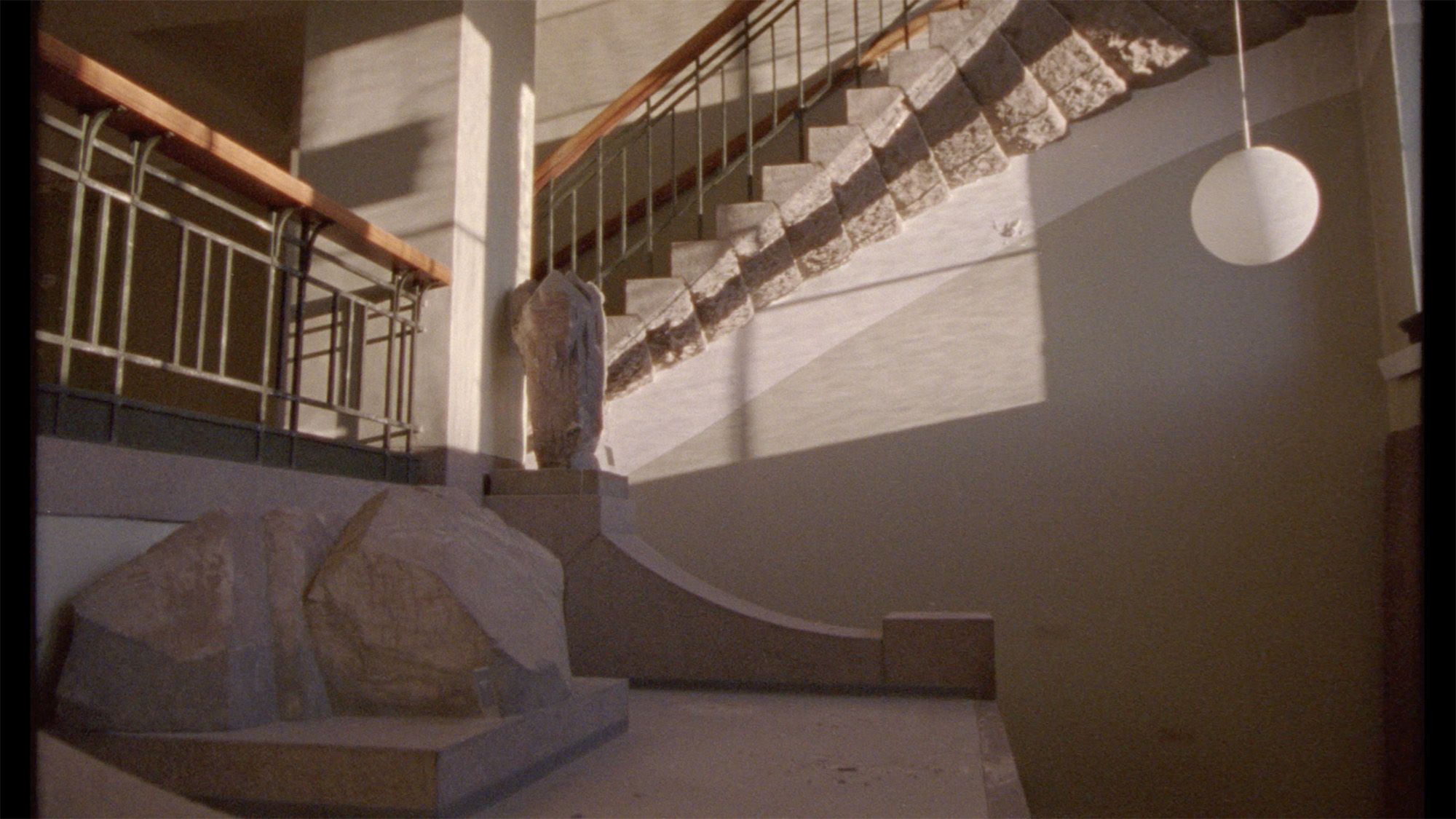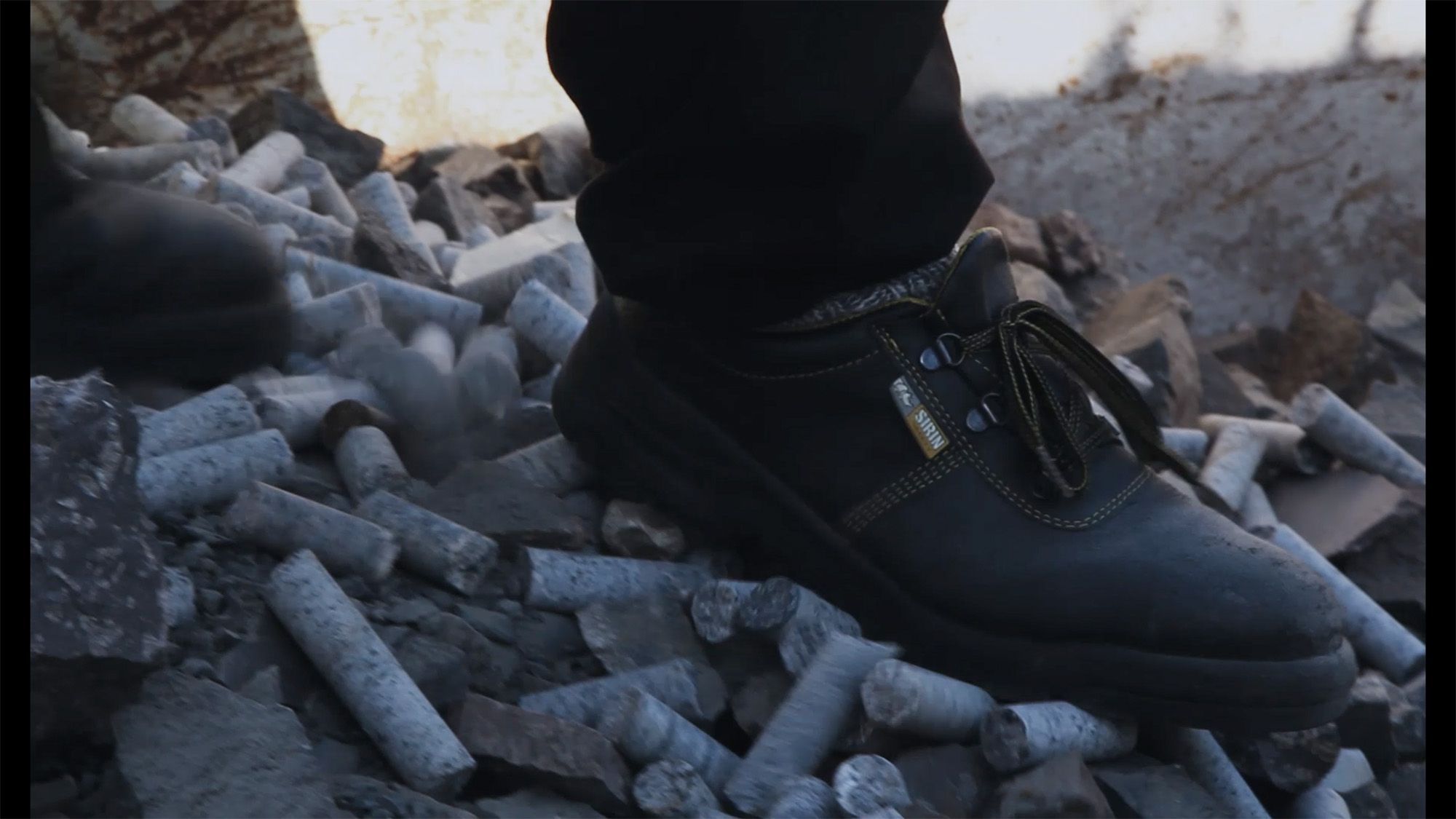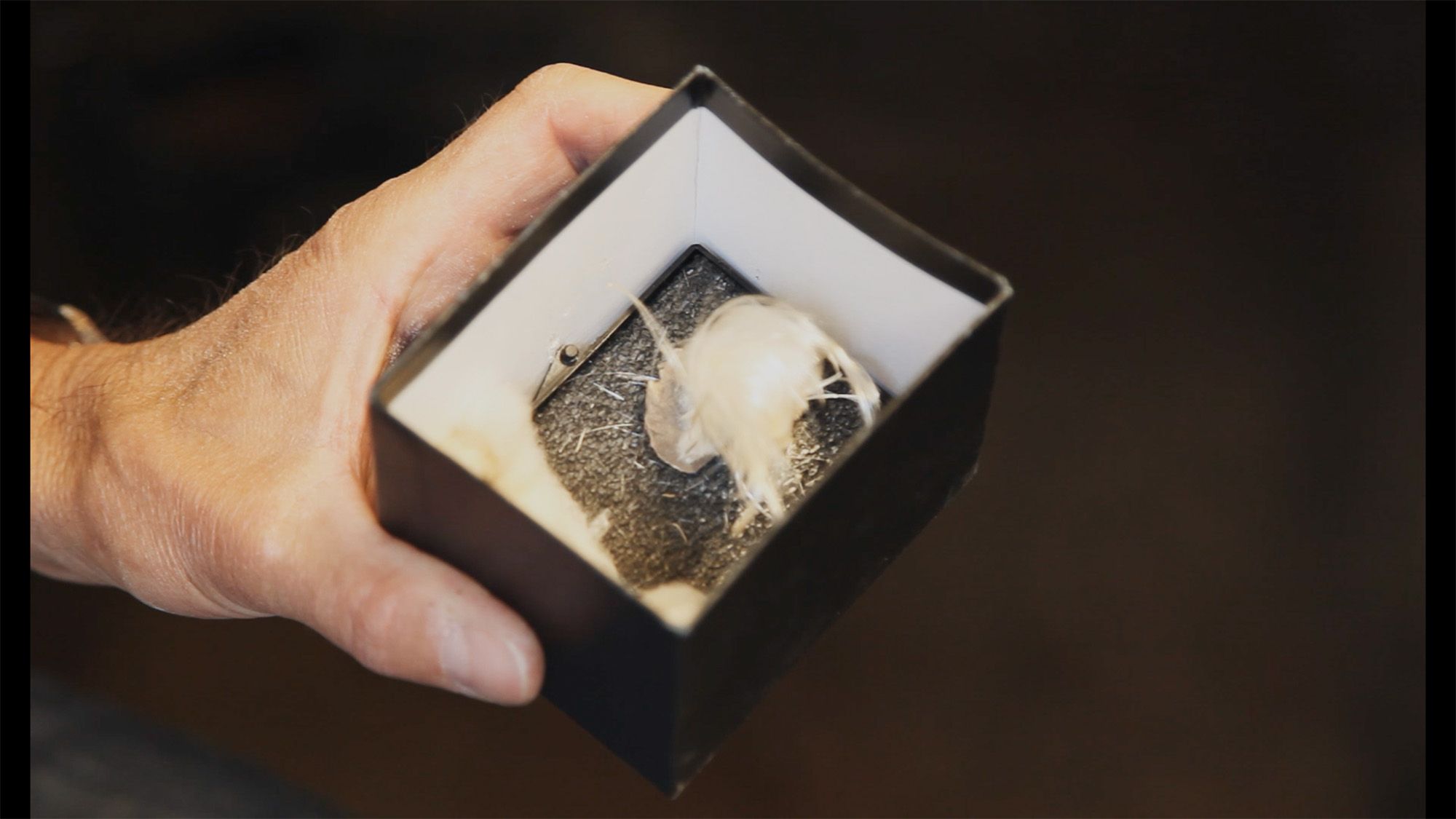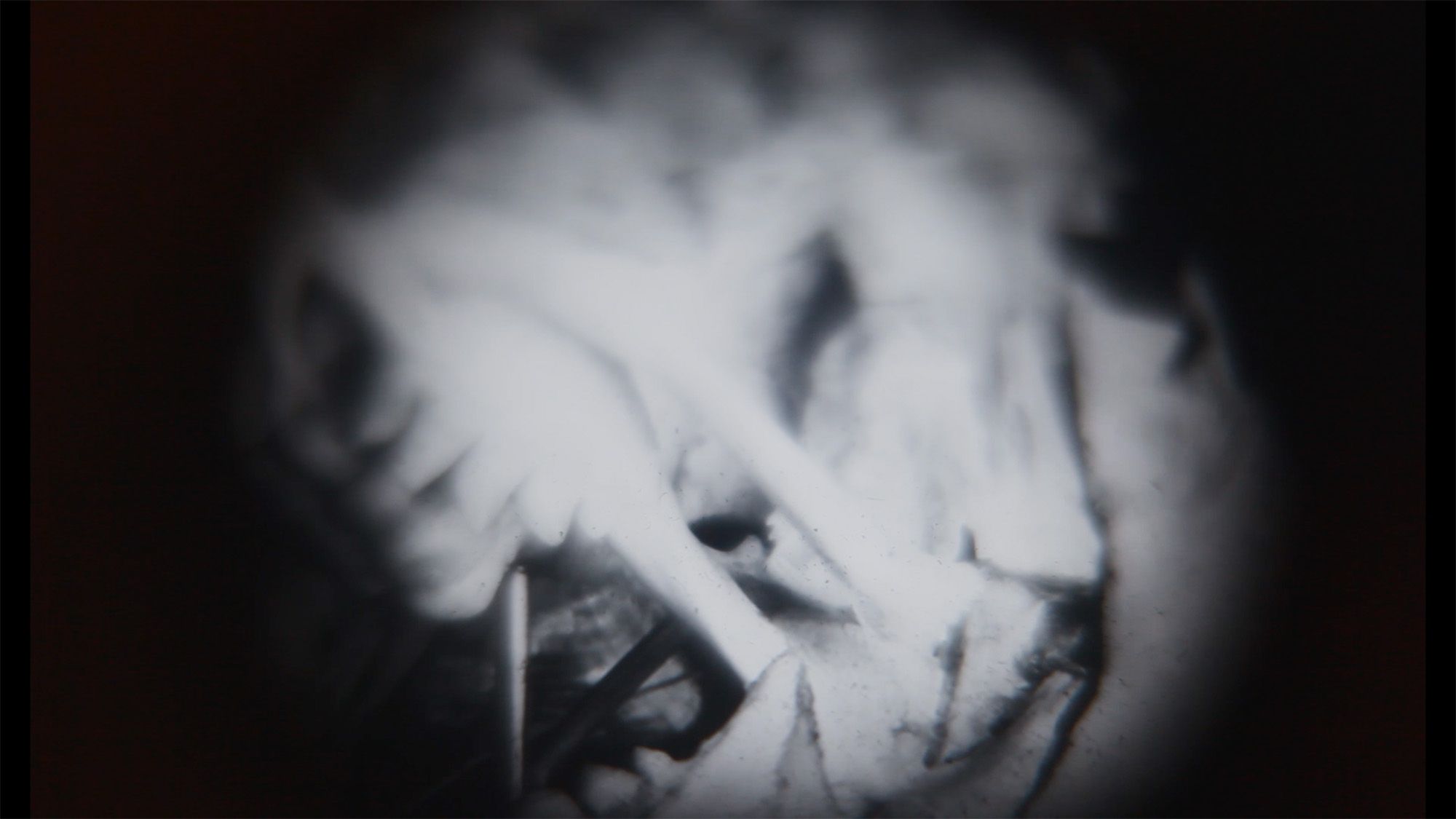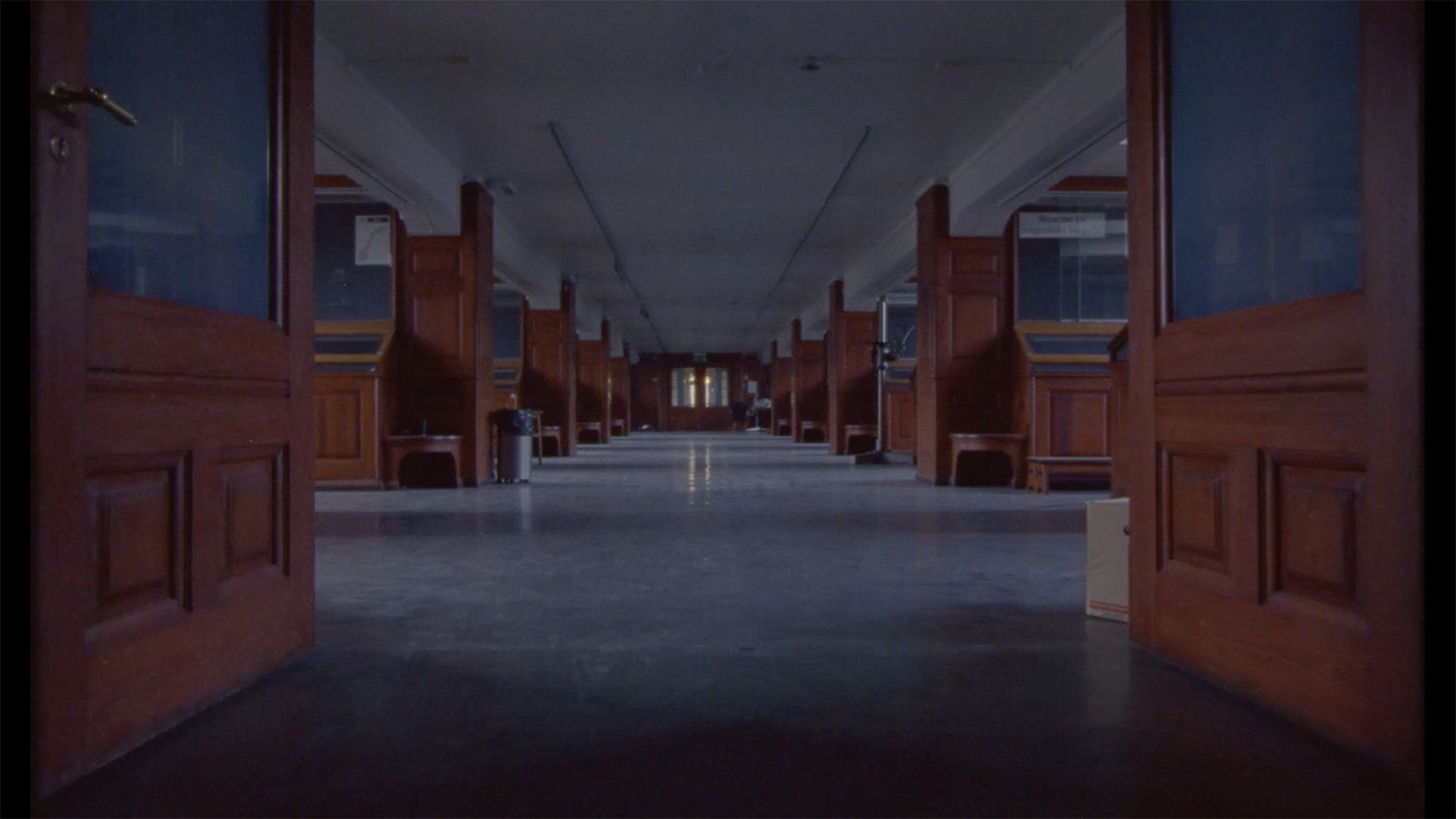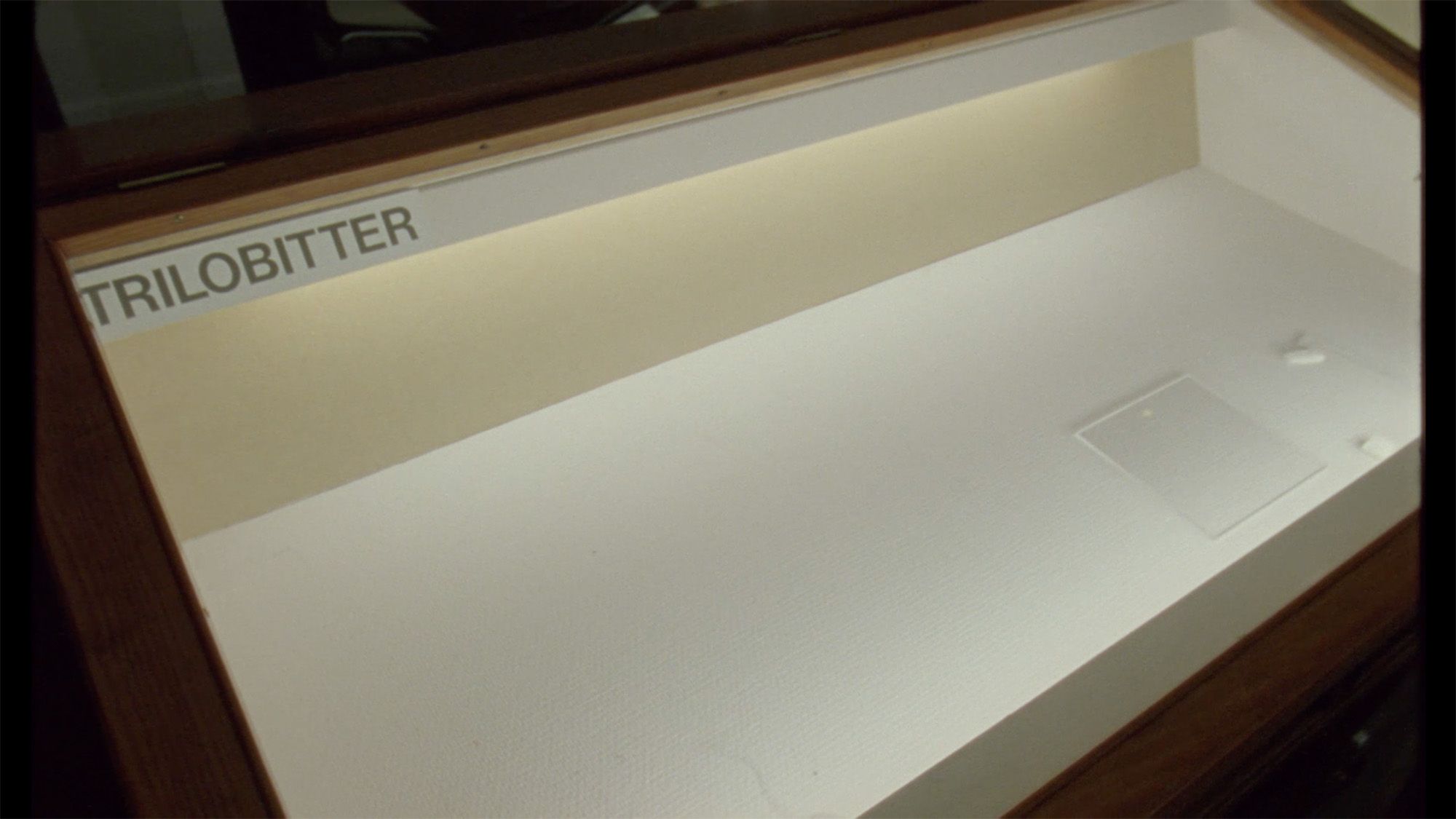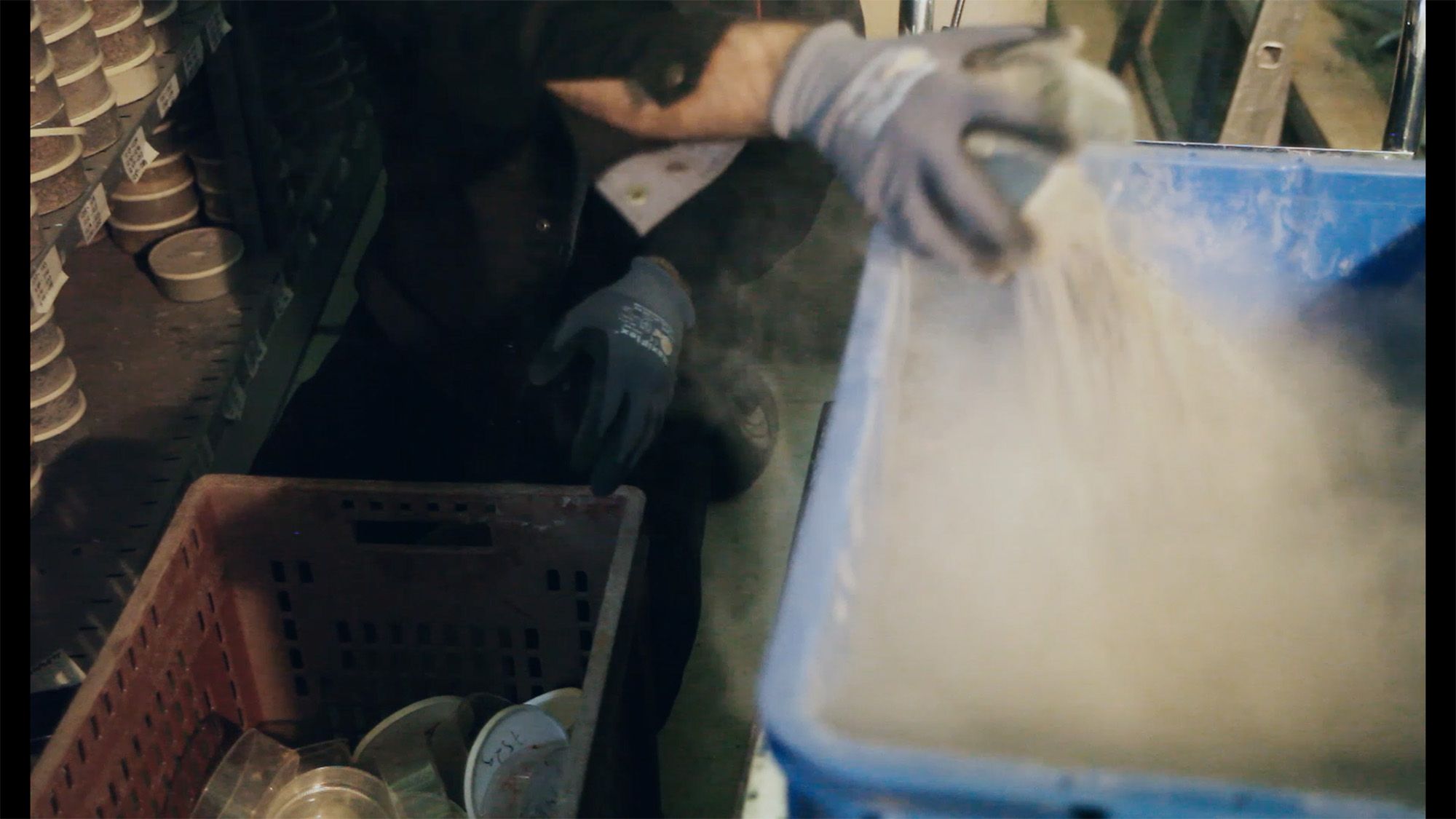What do I want from art collections, really, as a queer person or on behalf of those who identify as straight and yet still suffer from heteronormativity? The current moment in art is, in my view, pervaded by a flat sexual imagination, and buying art by queer people isn’t going to compensate for it. I speak for myself here, but what I want is space for desire that isn’t iron bound to consumption. I want the lesbian bars run by grumpy old queers who live around the corner to stop disappearing. I want to live in socio-sexual margin that isn’t in the process of being collected for its representation of queerness, but which is still actually being used to identify and act on polyvalent desire.
I also want a queer perspective on collections, or, a perspective that queers space that is otherwise aligned with dominant forms of power. In Complaint! (2021), queer feminist scholar and writer Sara Ahmed describes the queer use of institutional spaces through an example of a family of birds that has made a nest in a post box. The box hasn’t been moved or become something different from what it was, it’s just that its use has been queered. If the inhabitants of that address want to receive their mail, they would have to set up a new post box or make a family of hatchlings homeless.
When queer use is successful, like the reused postbox, it is through a world-dismantling effort where the previous world order is necessarily rendered inoperative. For queers, making a nest could mean, for example, having space and time for public sex, access to medical care for transition and hormones, safe and appropriately ambiguous bathrooms, or the space to bind together in kinship without conforming to normative family law, among other things. To use a public space for cruising transforms that space, even if the transformation is limited to certain times of the day. To live in a body and use pronouns outside the binary destabilizes the binary for everyone, even gender-conforming people. Ahmed’s definition of queerness is pragmatic. The birds in question are finding shelter, they are not window-dressing the letterbox with their desire for an ephemeral institutional moment.


